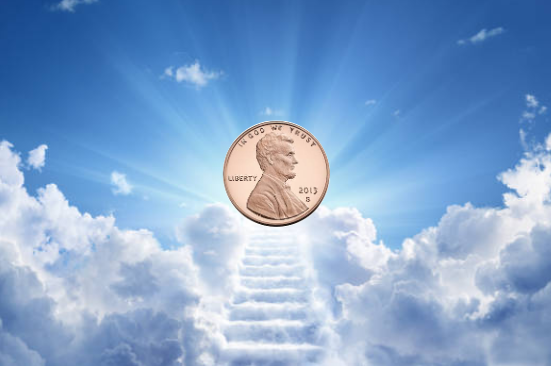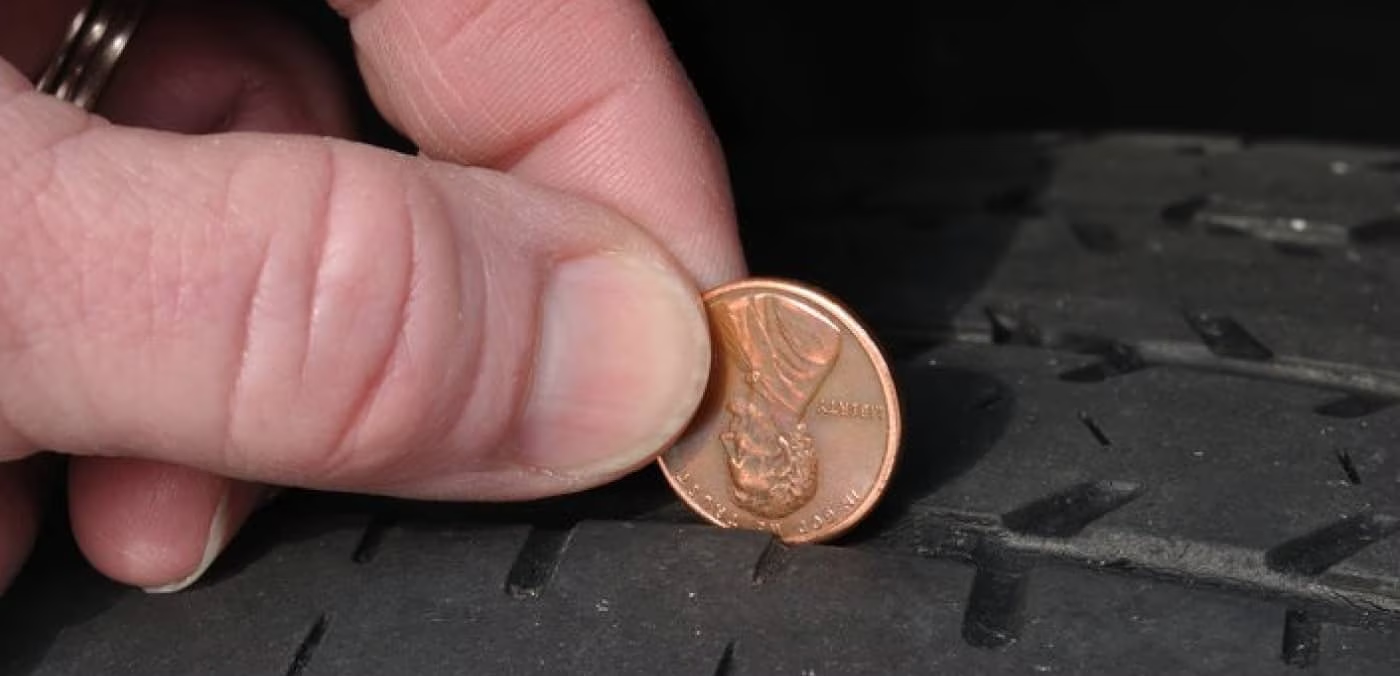Water seeps into the rock fractures below Earth’s surface. Slowly a gap opens and widens as high pressure is applied. With the influx of pressure, the natural gas trapped in shale deposits is released. In a matter of minutes, a new energy source cleaner than coal or oil is available for use.
Maryland, like many other states, has been experimenting with the respectable idea of using hydraulic fracturing to free natural gas, commonly known as fracking. Since the debut of modern fracking in 1947, much harsh criticism and unnecessary caution has prolonged the paralyzing debate over a promising idea. Fracking is a healthier alternative to the currently-used coal and oil.
According to Silvia Secchi, assistant professor in the Department of Agribusiness Economics at Southern Illinois University, using natural gas to produce electricity creates less pollution, both locally and globally, than coal. Secchi warns that the pollution from the coal emissions the world currently produces is a costly method that causes damage to both the atmosphere and water. Smog has been shown to kill more than two million people a year. Natural gas that is dug up by fracking acts as a healthier substitute for the coal and oil carbon dioxide emission that has created so much pollution today.
According to Sam Spearing, associate professor in the Department of Mining and Mineral Resources Engineering at Southern Illinois University, if some part of the fracking system were to break, safety measures such as a double casing pipe protects the subterranean environs from contamination. Spearing ensures that with the newer horizontal fracking method and with the correct security procedures, fracking is very safe.
When the drilling begins, corporations drill the wells with a minimum of two barrier layers of steel casing with cement to keep the contaminated water from fraternizing with the drinkable groundwater. Once the wellbore is ready for fracking, the corporations apply pressure tests and install a pressure relief system to warn them if the wells have any chance of leakages or cracking.
However, some people are fighting hard to keep fracking off the table of possibilities because of their worry about fracking’s potential contamination of the water supply. They care about the environment and possible health outcomes, but fracking has the potential to unlock a new and healthier energy source if it is implemented.
In a study done by the U.S. Chamber of Commerce’s 21 Century Energy Institute, 1.7 million jobs have been created by fracking and an estimated 3.5 million will be created by 2035.
Admittedly, even a fool-proof plan will have flaws and accidents that could not be foreseen, which is why regulation needs to be implemented to ensure that fracking will not be misused. Once proper regulation is in place, Maryland will be able to dip into the resources that are currently locked beneath its surface. With it, Maryland and the world can start to build a healthier environment with a surplus of natural gas.







